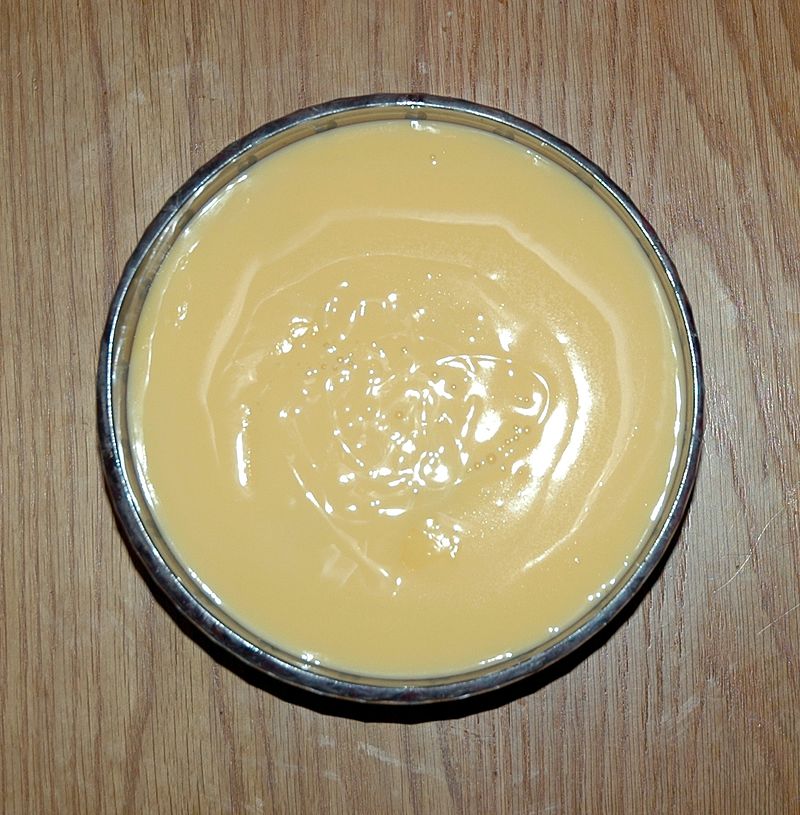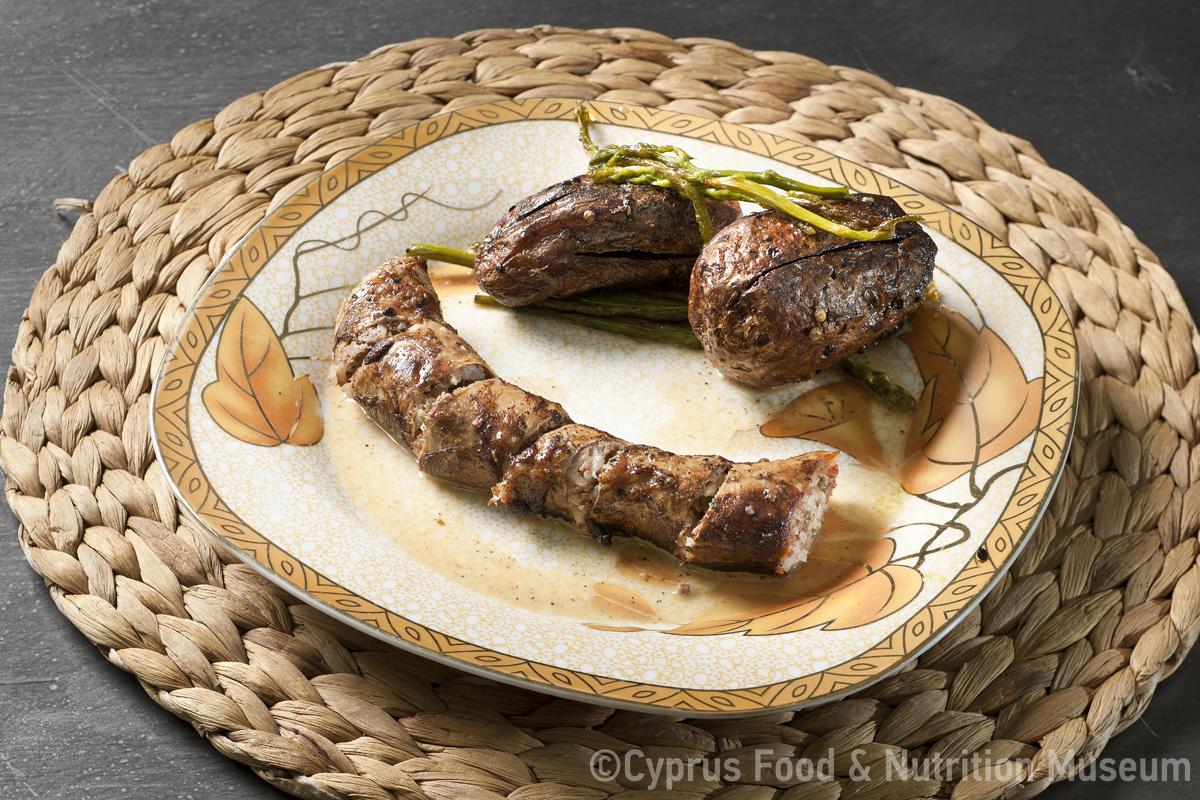Name - Origin
Sheep and goat head and entrails.
The head together with the liver of the animal were called tžefalóvlanga.
The liver and lungs were called vlanjín (or vlangoúin).
The soup that contains a sheep’s head and entrails is called ppatšá.
Ppatšá soup was prepared using the head and stomach of a sheep: the head would be boiled together with the stomach (after it had been cleaned and chopped in pieces) and served with vinegar, garlic and bread or rusks (or breadcrumbs) (Xioutas P., 1978).
Lamb legs, once cleaned by a butcher, were sold in bundles of three, known as 'matsés'. They were boiled or cooked with an egg and lemon soup (Xioutas P., 1978).
Functional and symbolic role
Cypriot farmers considered ppatšá an ideal appetiser. They used to eat it at breakfast or during the morning break or late in the evening and at midnight as a quick meal.
Vlanjín (liver and lungs) was regarded as an excellent delicacy. The liver was usually consumed fried when finely chopped with onions or eggs. Black vlanjín (liver) was considered a better mezé than lungs (white vladjín). Cypriot 'mezetzides' (the people who cosumed a lot of meze over other dishes) considered penjevíshin, the fatty part of the liver, to be the sweetest of all kinds of mezé (Xioutas P., 1978).
Even the kidneys and testicles were regarded as a delicacy and a good mezé. Lamb's legs were considered to be giving strength (Xioutas P., 1978).
Additional information and bibliography
Xioutas P (1978) Κυπριακή λαογραφία των ζώων. Publications of the Centre for Scientific Research XXXVIII, Nicosia.
Antonia Matala, Demetra Demetriou

